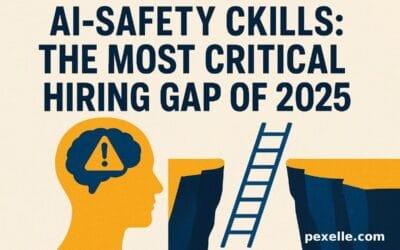The Impact of Artificial Intelligence on Industrial Mapping

Introduction
Industrial mapping has long been the backbone of sectors like manufacturing, logistics, urban planning, and construction. As industries continue to evolve, artificial intelligence (AI) has emerged as a transformative force, bringing new capabilities to industrial mapping. By automating data collection, enhancing map accuracy, and enabling real-time monitoring, AI is redefining how industrial landscapes are mapped and managed.
Revolutionizing Data Collection and Accuracy
Traditional industrial mapping methods rely heavily on manual data gathering, which is both time-consuming and prone to human error. AI-based technologies, such as drones and LIDAR (Light Detection and Ranging) systems, now allow for faster, more accurate mapping by collecting and processing data with minimal human intervention. This enhanced precision reduces errors and enhances the decision-making processes in fields where precise data is essential, such as site planning and resource allocation.
Automation and Predictive Capabilities
AI excels at analyzing vast amounts of data in record time. In industrial mapping, this means AI can not only create maps but also offer predictive insights. For example, AI algorithms can identify wear and tear in infrastructures, such as roads and pipelines, by comparing historical data with current images. This predictive maintenance approach reduces downtime and helps industries anticipate and avoid costly repairs.
Real-Time Monitoring and Adaptive Mapping
Another remarkable contribution of AI is enabling real-time monitoring and adaptive mapping. By using satellite data, drones, and IoT sensors, AI can continuously update industrial maps to reflect changes in the environment. For industries like oil and gas, where safety and environmental monitoring are crucial, real-time mapping provides immediate insight into potential hazards, leading to quicker responses and preventive measures.
Enhanced Safety and Compliance
Industrial mapping with AI also offers significant benefits for workplace safety and regulatory compliance. AI can pinpoint high-risk areas, helping companies implement safety protocols more effectively. Moreover, AI-driven mapping allows industries to ensure compliance with environmental regulations, as it can monitor pollution levels and environmental impact precisely. This adds a layer of accountability and improves a company’s reputation regarding sustainability.
Challenges and Ethical Considerations
Despite its advantages, the integration of AI into industrial mapping does bring challenges. Privacy concerns, data security, and ethical issues related to surveillance and data use remain important considerations. Additionally, the cost of implementing AI-based mapping systems can be prohibitive for smaller industries, creating a potential gap in accessibility.
Conclusion
The impact of AI on industrial mapping is profound, enabling faster, more accurate, and adaptive mapping solutions that enhance operational efficiency, safety, and compliance. While challenges exist, the potential benefits of AI-driven industrial mapping signal a new era of innovation for industries reliant on spatial data. Embracing these advancements responsibly can drive growth and set new standards for precision and safety in industrial environments.
Source : Medium.com




